So you’ve been given a level entry DSLR camera, like the Nikon D3300, D5300 or the Canon EOS range. Most come with a kit lens and you’d love to take professional-level photos at events? Although I’ve upgraded to professional bodies, let me share some event photography tips and tricks to help you on your way using the type of camera I started off with…
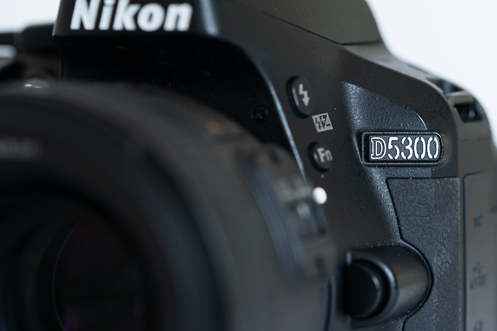
Event photography is one of the hardest and most challenging types of photography there is. It tests you, your camera knowledge and the camera itself to the very limits. I want to give you examples of the problems and solutions I’ve come across while shooting different types of events…
Theatre work can be very difficult but the problems here can really highlight the problems you’ll face with many other types of event or festival gigs! This photo is a great example of one such problem with stages…
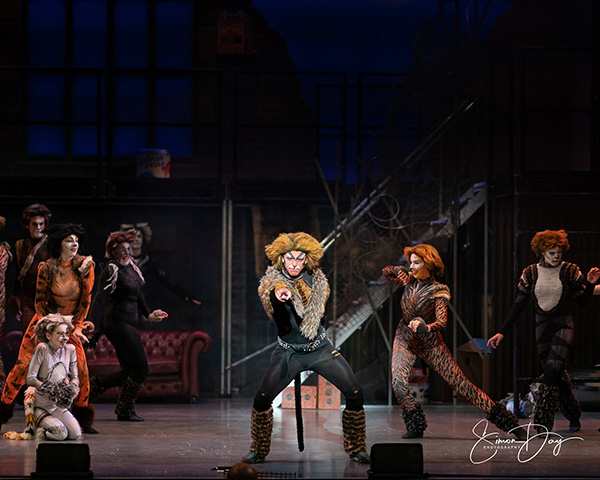
On stage were lots of cast members but with a spotlight on just one. The rest of the stage was barely lit, as you can see.
I tried aperture priority just to see what would happen and it was amazing at just how bad the settings were that the camera went with. It went for ISO 12,500 and a shutter speed of 1/30. The reason the ISO was so high and the shutter speed was so low was due to the camera thinking it had to expose for the whole stage.
I switched back to manual and the settings that took the shot above were roughly ISO 600 and a shutter speed of 1/400. That is a massive difference in terms of noise and motion blur.
I tried it again on this scene…
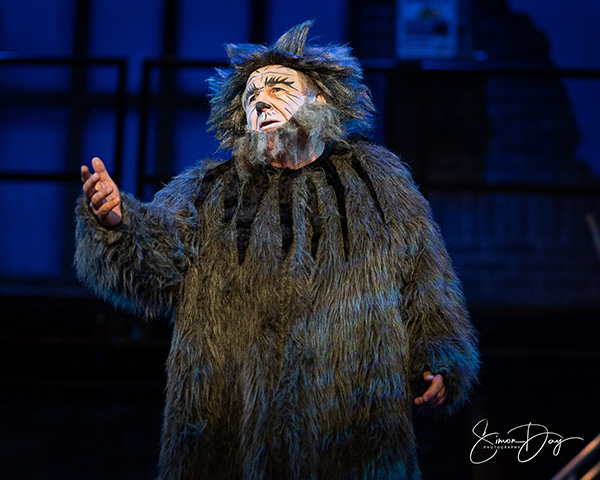
In Aperture Priority it went with ISO 25,000 and shutter speed of 1/20. I switched to manual and shot it at roughly ISO 800 and shutter speed of 1/250. There was so much darkness in the shot, the camera best guessed but did so very badly.
I’m not one of those people who screams from the rooftops “You must shoot in manual!”. I shoot manual roughly 70% of the time and aperture priority the other 30% of the time. It’s knowing when the auto mode is causing you problems you’re going to hate trying to fix after.
TIP:
It’s all about being prepared to take control. Auto modes can work really well but for event photography, especially in low light, auto modes can get the settings very wrong. Be prepared to switch out to manual if your camera cannot get the scene correctly exposed. If your photos are very noisy it could just be that you are using an auto mode and that mode is not exposing correctly.
Noise in photos
This is the one area that level entry cameras really struggle and high-end cameras really shine.
You’re at the event, taking photos. On your tiny screen, they look good, the photo looks like this…
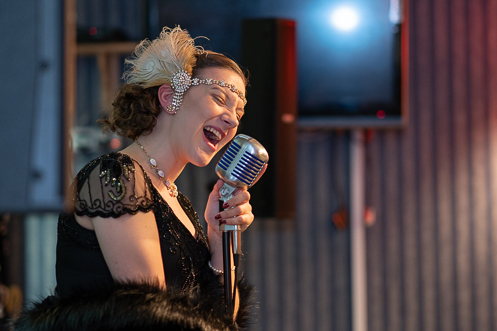
But when you get home it looks more like this with lots of noise and grain:
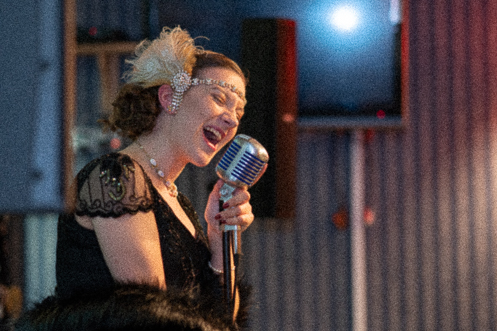
I shoot with a new’ish mirrorless camera. 12,500 ISO on that camera feels about the same as the ISO at 1,600 on my Nikon D5300 DSLR. All basic cameras struggle but there are still things you can do.
TIP 1:
In low-light, you need to be able to pull in as much light as possible. Normally with cameras, the best is usually the most expensive. Sometimes though, that isn’t true. The 35mm F1.8 and 50mm F1.8 are two of the cheapest lenses out there and yet, they are two of the sharpest lenses out there.
In low light the lower the F-stop number the more light the lens lets in, which means lower ISO is needed to give the photo more light. The 35mm and 50mm F1.8 are both incredible lenses and they should be in your kit if this is what you want to do.
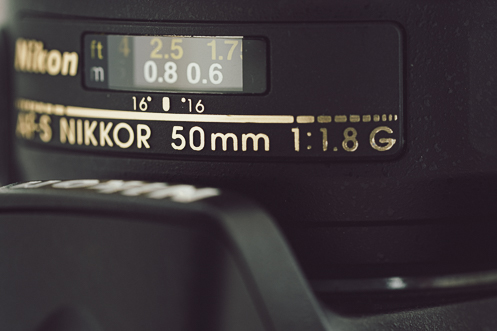
That one investment can really make your photos much less grainy and noisy. You can pick them up for around £130 each. That is an incredible price for such a sharp and low F-stop lens!
What the 1.8 will give you is half the ISO of your kit lens. You could be shooting at ISO 800 instead of 3200… and we both know the noise at 3200 on basic cameras can be pretty shocking 🙂
A word of caution though: It’s very tempting to shoot the night at F1.8 but the focus systems of budget cameras are not that great so you could be missing focus a lot until you go to 2.8 or 3.5. Everything is a trade-off but if you know what those trade-offs are, you can make more informed decisions.
TIP 2:
If your camera is trying to expose for everything, try centre-weighted metering, which gives priority to the centre of the shot, while ignoring the corners. I tend to use Matrix for landscape and centre-weighted for most other things.
TIP 3:
Most photo programmes like Lightroom, Luminar etc, have a slider for noise and grain. You can remove quite a lot of the noise and grain but you sacrifice sharpness by doing so. Even at 12,500 ISO I tend to move the noise reduction by only +10 because I don’t want to sacrifice too much sharpness.
TIP 4:
“We care more about the noise than the customer will”. If you capture that perfect moment they won’t care how noisy it is. It’s only in recent times that cameras have been really able to handle high ISO.
TIP 5:
Ever notice that a lot of stage shots are in black and white? Grainy photos often look better as a black and white photo. Equally, a LOT of places now have horrid purple or blue LED lighting and black and white is the only way to go if you can’t use your own lighting.
SWITCH THINGS AROUND
I’m was often guilty of this. I get carried away and before I know it, the event is over and I’ve shot the whole thing with one lens, on one aperture and I have no story-telling shots.
What will make you stand out is capturing different types of shots from the same event. Let me give you a recent example…
When I first started photographing outdoor events, I put on my telephoto lens and forgot to switch it out. I captured lots of shots only at 200mm and they all kind of looked the same and like this…
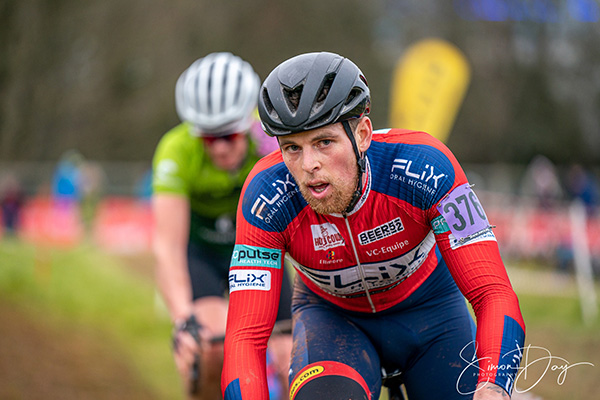
It’s okay but it doesn’t tell the story. By going on the wider end of the zoom I could more easily show the struggle…
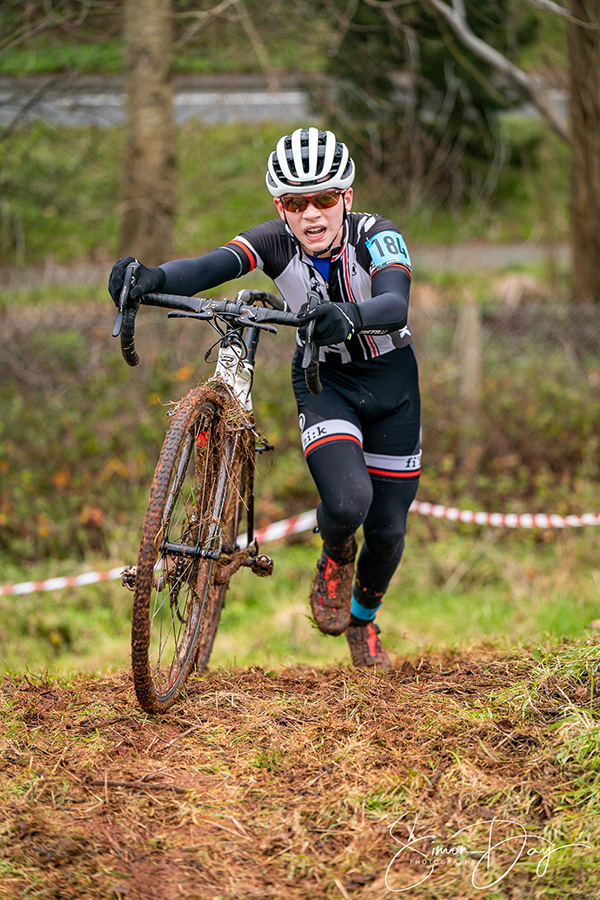
By observing around me I could see some parts of the lap getting really muddy. With the same settings, I moved over and took this shot…
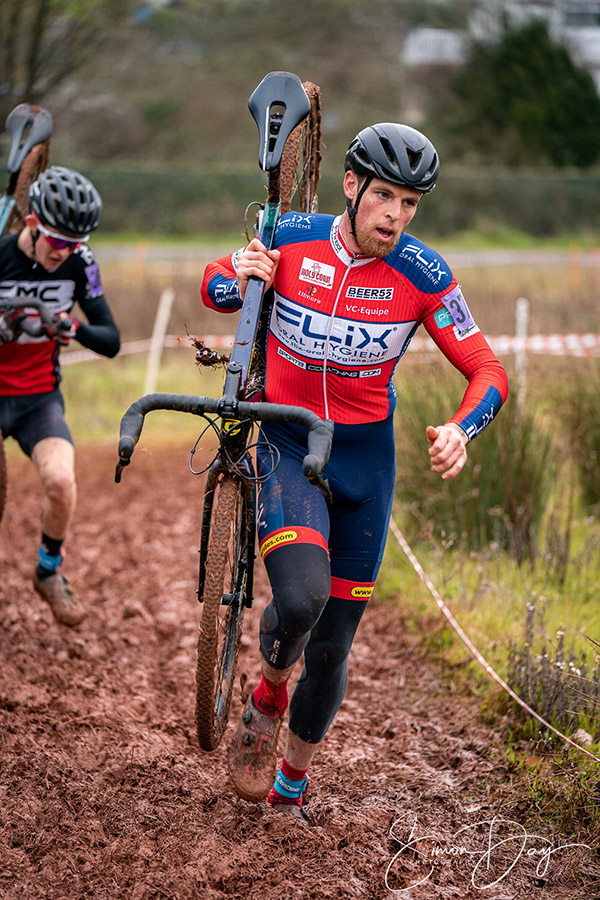
Then by changing to my 24-70mm lens at its widest and stopping down to reduce background blur, I could put you right in there with them…
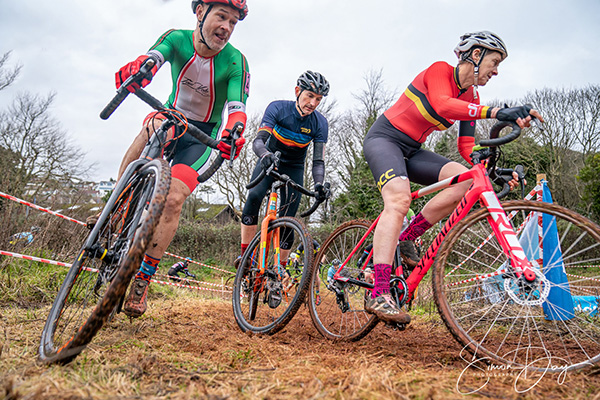
But you don’t have to stop there. By panning you give movement to the event…
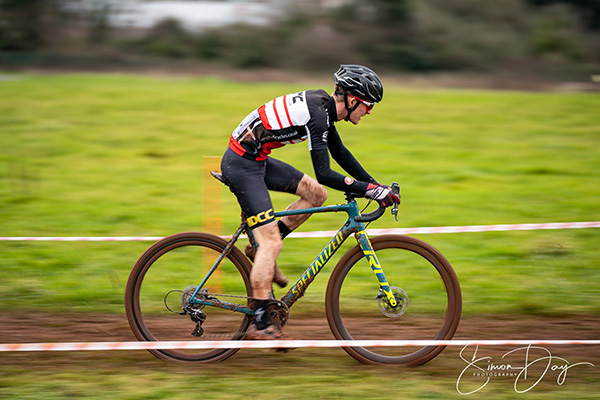
By the end, I had told the story in lots of different ways. Do you pack up and go home as it finishes? No way! BBC Spotlight was there. I had my 24-70 lens on so I took photos while they were interviewing…
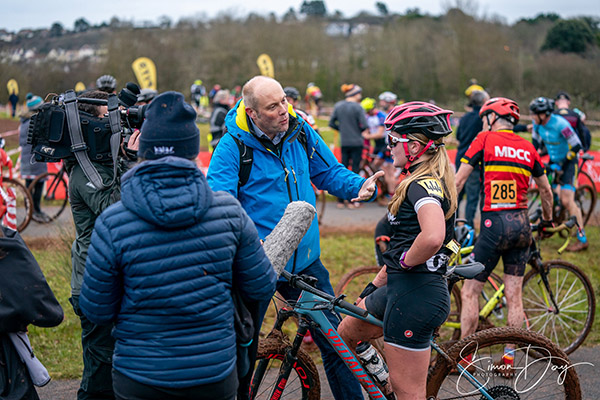
Did I stick to that one lens? Of course not 🙂 When they started to interview the race winner I switch to my 70-200 and I got in close to try and make you feel like you right in there with us…
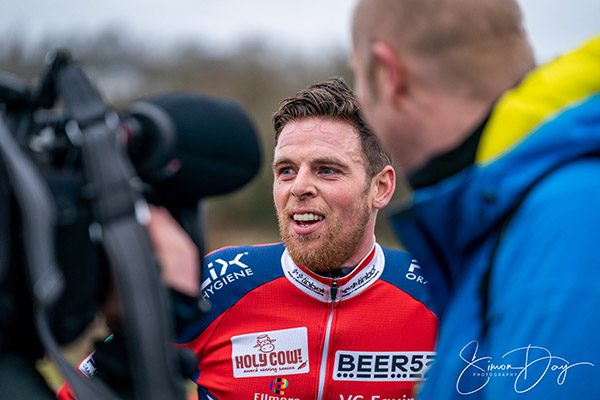
TIP 1:
Even if you only have a kit lens, tell the story. Get up close, go wide, grab the detail shots. Be the person that can make the viewer feel like there were there with you.
TIP 2:
This doesn’t mean that you need to carry a lot of lenses, or even need to carry a zoom lens. There is no reason you can’t use just a single focal length. The important part, in this case, is that you then need to vary ‘the distance’ from the subject. Go in close with a short focal distance, then have others focused at infinity with your subject further away. You can tell a story with a single prime lens, it’s just easier in a lot of cases if you have the flexibility of other focal lengths.
An event photographer is a lot like a wedding photographer. You have to be really good at a lot of different techniques to tell the story. 99% of the people at an event will have a phone and will take the exact same type of photo all the way through. Be the person that really mixes it all up!
Although I shoot Sony now, I started with the Nikon D5300, upgraded to the Nikon D500 and for a while used that for weddings and events. It is a great camera for events, even though it is a crop sensor.
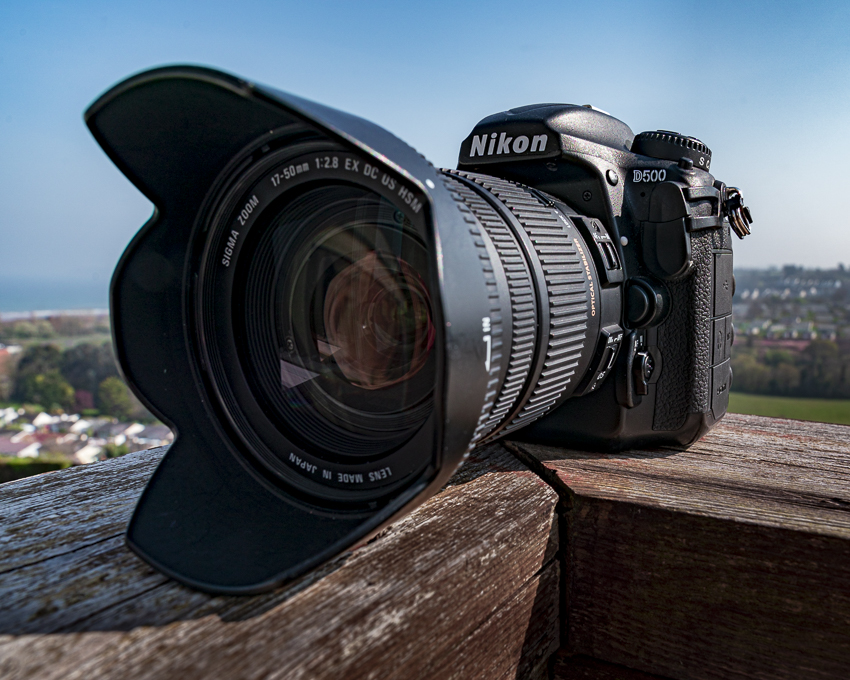
If you have an event coming up and you’d like me to be a part of that please email me and I’ll check if I’m free that day.
